Sun’s Seven Horses Painting: Vedic symbolism & Vaastu insights

In Hindu mythology and the Vedas, the painting of the sun’s seven horses is associated with the Lord Sun (सूर्य देव/sūrya deva). Sūrya Deva is often depicted riding a magnificent chariot drawn by seven majestic horses. These seven horses are not just ordinary animals but they hold a deep symbolic significance.
The skandapurāṇam states how the sun rises with his horses-
क्रमन्तः सर्वमर्वन्तो हेलया हेलिकस्य खम्॥
kramantaḥ sarvamarvanto helayā helikasya kham॥
सूर्य के घोड़े आकाश में एक साथ आगे बढ़ते हैं।
The Sun’s horses stride ahead at once in the sky.
Significance of Seven Horses:
Lord Surya, the tangible embodiment of the primary deity of creation, is regarded as the sustainer of this cosmos. The Sun was believed to be the source of energy and life, its rays embodying the nourishing power that sustained all living beings. Vedic hymns often praised the Sun's chariot journey across the sky, depicting it as a majestic force guiding the cycles of time and seasons.
Sūryatharvaśīrṣam beautifully describes the seven horses-
सप्ताश्वरथिनं हिरण्यवर्णं चतुर्भुजं
पद्मद्वयाभयवरदहस्तं कालचक्रप्रणेतारं
श्रीसूर्यनारायणं य एवं वेद स वै ब्राह्मणः।
saptāśvarathinaṃ hiraṇyavarṇaṃ caturbhujaṃ
padmadvayābhayavaradahastaṃ kālacakrapraṇetāraṃ
śrīsūryanārāyaṇaṃ ya evaṃ veda sa vai brāhmaṇaḥ।
सात घोड़ों वाले रथ पर सवार, सुनहरे रंग और चार हाथ वाले,
दो पद्म हस्तों से सुशोभित, आशीर्वाद और अभय प्रदान करने वाले, कालचक्र के प्रणेता —
जो श्री सूर्यनारायण को इस प्रकार से जानता है, वही वास्तव में ब्राह्मण है।
The one with a chariot of seven horses, adorned with a golden complexion
and four arms, with two lotus hands, bestowing blessings and fearlessness, guiding the wheel of time: one who
knows Śrī Sūryanārāyaṇa in this way is indeed a Brahmin.

The seven horses of the sun stand as potent symbols of vitality, and enlightenment.
सप्त युञ्जन्ति रथमेकचक्रमेको अश्वो वहति सप्तनामा।
त्रिनाभि चक्रमजरमनर्वं यत्रेमा विश्वा भुवनाधि तस्थुः॥
sapta yuñjanti rathamekacakrameko aśvo vahati saptanāmā।
trinābhi cakramajaramanarvaṃ yatremā viśvā bhuvanādhi tasthuḥ॥
एकचक्ररूपी रथ को सात अश्व जोतते हैं, वस्तुतः एक अश्व जो कि सात अश्वों में परिणत होता है, सूर्य रथ का वहन करता है।
रथचक्र तीन नाभियों वाला है, जीर्ण नहीं होता, इसके साथ कोई अर्वः अर्थात् प्राणी घोड़ा जुता हुआ नहीं है।
जिस रथ में सौर परिवार के सब भुवन स्थित हैं।
Seven horses are harnessed in the one-wheeled chariot of the sun. In reality, one horse of the seven pulls the chariot.
The solitary soul, immortal, undecaying, bound by the three virtues of Satva, Rajas, and Tamas takes itself to God,
on Whom these worlds of life are all dependent.
This verse also depicts that our solar system shines with sun rays. One white colour transcends seven colours (VIBGYOR) and illuminates our world. The VIBGYOR consists of seven colours: Violet, Indigo, Blue, Green, Yellow, Orange & Red.
In the text of sūrya siddhānta, the seven horses are named after Vedic meters: Gāyatrī, Bṛhati, Uṣṇik, Jagatī, Triṣṭup, Anuṣṭup, and Paṅkti.
सप्तछन्दांसि गायत्र्युष्णिगनुष्टुब्बृहती पङ्क्ति त्रिष्टुब्जगतत्योsश्वाः युक्तः।
saptachandāṃsi gāyatryuṣṇiganuṣṭubbṛhatī paṅkti triṣṭubjagatatyo śvāḥ yuktaḥ।
Source - sūrya siddhānta
What is the spiritual significance of the number seven?
The number seven is considered highly auspicious in various spiritual and cultural contexts. In the case of the seven-horse painting:
- It symbolises cosmic harmony and completeness.
- Represents the seven major planets (Sun, Moon, Mars, Mercury, Jupiter, Venus, and Saturn), infusing the painting with their energies.
- Signifies divine blessings, protection, and positive vibrations.
In Rigveda, these seven horses are symbolised as sun rays-
भद्रा अश्वा हरितः सूर्यस्य चित्रा एतग्वा अनुमाद्यासः।
नमस्यन्तो दिव आ पृष्ठमस्थुः परि द्यावापृथिवी यन्ति सद्यः॥
bhadrā aśvā haritaḥ sūryasya citrā etagvā anumādyāsaḥ।
namasyanto diva ā pṛṣṭhamasthuḥ pari dyāvāpṛthivī yanti sadyaḥ॥
सूर्य के रश्मि-स्वरूप कल्याणकारी, आनन्ददायक, व्यापक एवं विचित्र घोड़े अभिवादन तथा सब वस्तुओं को
प्रकाशित करते हुए अन्तरिक्ष के पूर्वी भाग में व्याप्त होते हैं और शीघ्र ही पृथ्वी और आकाश में चारों ओर व्याप्त हो जाते हैं।
The propitious, gracious, pervading, wonderful horses of the Sun,
in the form of rays, greet and illuminate everything, pervade
the eastern sky, and quickly spread all around land and sky.
Which direction to install the 7 horses painting?
Vastu Shastra (वास्तु शास्त्र/vāstu śāstra), an ancient Indian system of architecture, suggests that the placement of the Sun's seven horses painting can greatly influence the prosperity and success of a home or office. Vastu Shastra (वास्तु शास्त्र/vāstu śāstra) aims to align energies to help individuals fulfil their destinies. Let us look at some observations from Indian and Western scholars:
1. Shukla (1996) studied Mankad's work (1950) and highlighted the following:
- Sun's influence on Earth throughout the year and each day.
- Nine deities on the eastern side including the sun.
- These are symbolised as ultraviolet and infrared rays at this corner and the seven colours of the rainbow (VIBGYOR).
2. According to Marriott (1976), the following suggestions are made:
- Active and open activities are associated with the east, where the Sun's energy is abundant.
- On the other hand, calm and inactive aspects, such as resting and storage, are linked to the West. This is where the Sun's harmful energy is controlled by heavy and tall structures.
To sum up, the Sun's journey from east to west throughout the day, and its different attributes at different times, are symbolically represented in Vastu Shastra (वास्तु शास्त्र/vāstu śāstra). This symbolism is used to guide the placement of objects and activities within a space for optimal energy alignment and prosperity.
Hence the wall in the East or North-east direction is recommended for placing this painting. The painting’s aesthetic appeal also contributes to a well-balanced and harmonious home.
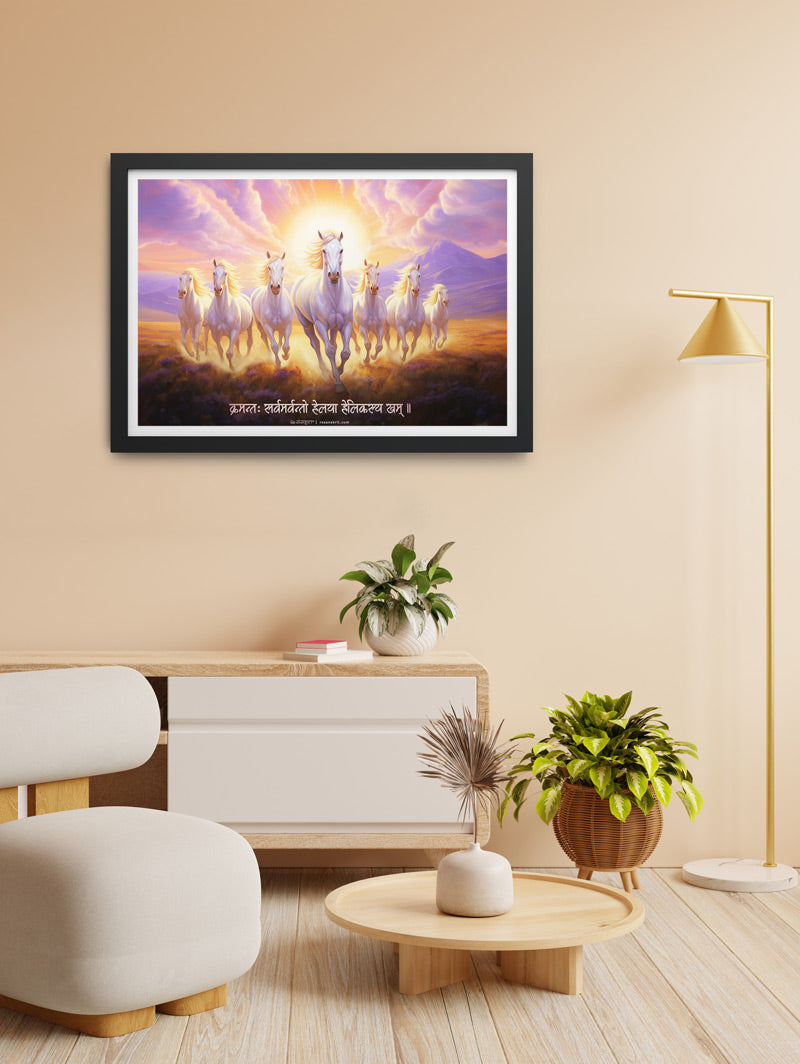
Get this beautiful Seven Horses painting for your house!
Starting at ₹199.
See
More!
What are the positive effect of placing the 7 horses painting in recommended direction?
Placing the painting in the recommended direction can have several positive effects:
- Attracts prosperity: The painting is believed to enhance financial prospects and success.
- Creates motivation: The association with speed and progress encourages career growth.
- Provides strength and protection: The seven horses symbolise strength and unity.
- Balances energy: The aesthetic appeal contributes to a harmonious home environment.
The following verse from sūryaṣṭakam describes how auspicious the iconicity of the sun with its seven horses
सप्ताश्वरथमारूढं प्रचण्डं कश्यपात्मजम्।
श्वेतपद्मधरं देवं तं सूर्यं प्रणमाम्यहम्॥
saptāśvarathamārūḍhaṃ pracaṇḍaṃ kaśyapātmajam।
śvetapadmadharaṃ devaṃ taṃ sūryaṃ praṇamāmyaham॥
मैं उस शक्तिशाली कश्यप-पुत्र सूर्य देव को प्रणाम करता हूँ,
जो सात घोड़ों के रथ पर आसीन है और श्वेत कमल धारण किये है।
I bow down to the Sun, the powerful deity seated on a chariot drawn by seven horses.
He is the son of Kaśyapa and carries a white lotus.
Some important facts about Sun's chariot
Aruṇa is the charioteer, of the chariot (रथ/ratha). The chariot is adorned with twelve wheels symbolising the twelve signs of the zodiac and a full year.
रथ सप्तमी/ratha saptamī:
It marks the birth of Sūrya and is hence also celebrated as सूर्य जयन्ती/sūrya jayantī - the Lord sun’s birthday, the 7th day of the bright half of the Magha (माघ/māgha) month, which fall at the end of January or beginning of February month as per the Gregorian calendar. It is a celebration of the sun turning his chariot drawn by seven horses towards the northern hemisphere (also known as उत्तरायण/uttarāyaṇa).

Legend:
A noble king of Kamboja (कम्बोज/kamboja): Yashovarma (यशोवर्मा/Yaśovarmā), had no heir to rule his kingdom. After his many prayers to God, he was blessed with a son. The king’s vows did not end with this, as his son became ill. Saint Vinit (विनित/vinit) came to his kingdom and advised that his son should perform the Ratha Saptami Puja (रथ सप्तमी पूजा/ratha saptamī pūjā) i.e. veneration, to get rid of his past sins. Hence the King’s son performed the veneration, recovered from the illness, and ruled his kingdom well.
May the Sun’s chariot illuminate our lives with wisdom and grace.



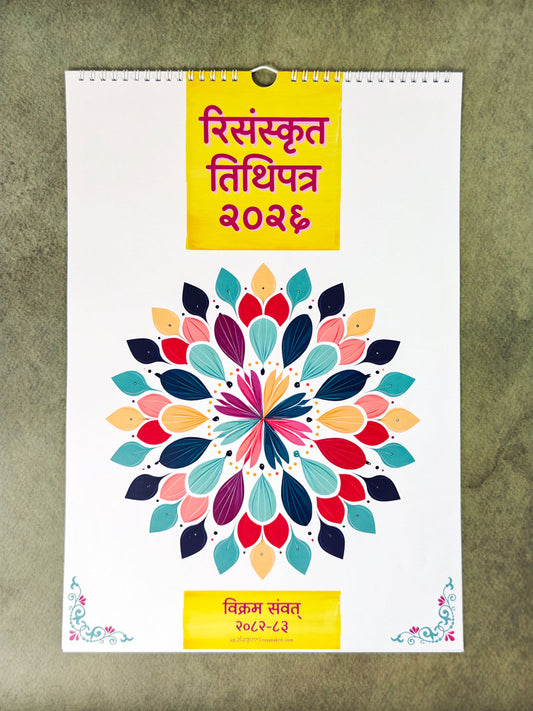

![[New Edition] ReSanskrit® 365 Days of Sanskrit Wisdom | Daily Sanskrit Quotes | With 100+ New Quotes, Hindi & English Translations🆕](http://resanskrit.myshopify.com/cdn/shop/files/365-calendar-resanskrit-front-hero-shot_533x.jpg?v=1762351171)
![[New Edition] ReSanskrit® 365 Days of Sanskrit Wisdom | Daily Sanskrit Quotes | With 100+ New Quotes, Hindi & English Translations🆕](http://resanskrit.myshopify.com/cdn/shop/files/365-calendar-resanskrit-quote-shot1_533x.jpg?v=1762351193)

![[Please Read Note] 2025 - Hindu Wall Calendar (Vikram Samvat 2081-82) - ReSanskrit](http://resanskrit.myshopify.com/cdn/shop/files/Month-image_3_533x.jpg?v=1738386056)
![[Please Read Note] 2025 - Hindu Wall Calendar (Vikram Samvat 2081-82) - ReSanskrit](http://resanskrit.myshopify.com/cdn/shop/files/Hero-image_1_withmessage_533x.jpg?v=1738386056)
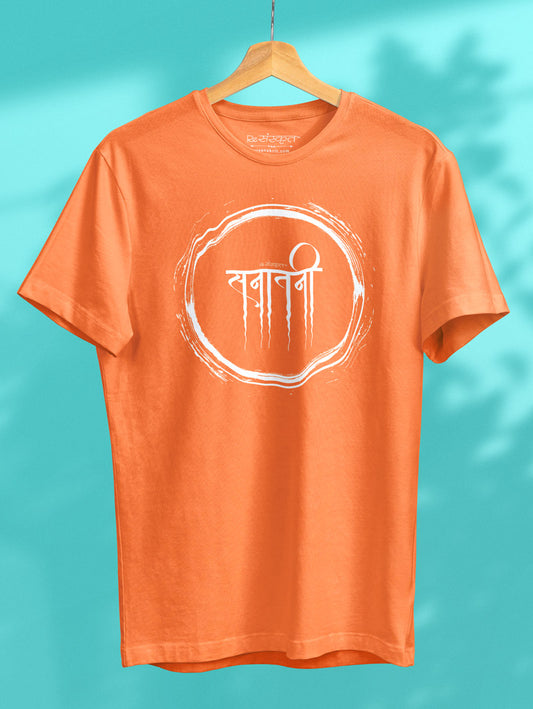

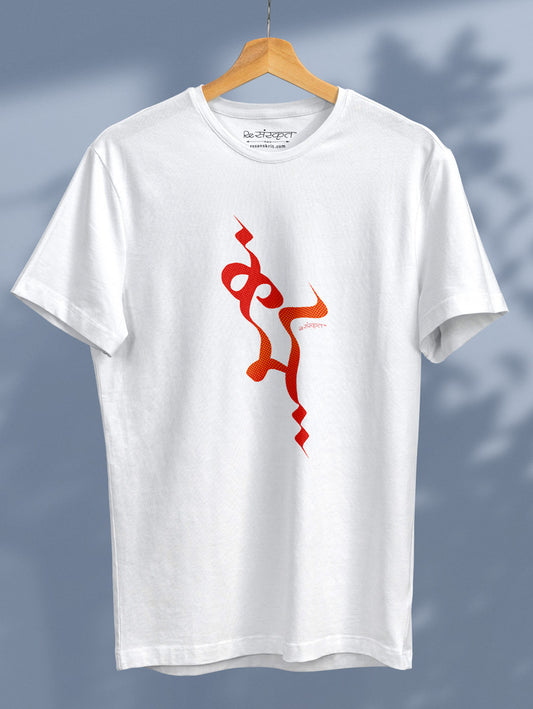
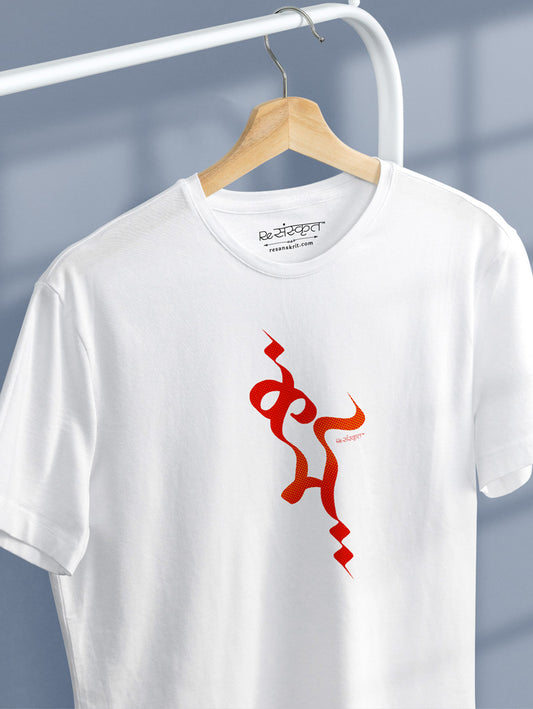
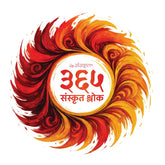
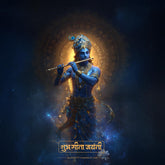
![[Part 2] Relevant Sanskrit Shlokas with Meaning in Hindi & English](http://resanskrit.myshopify.com/cdn/shop/articles/Relevant-Sanskrit-Shlokas-Article-Cover-image-part-2_4499da7e-f9d9-46a6-b615-35f58befb606_165x.jpg?v=1765027232)
1 comment
The article is very well researched which portryas the significance of The Sun and The Chariot in various aspects of human life and its impact on nature also. Congratulations to Sayali for this well versed article. Thanks to The Resansankrutam platform for the opportunity to Sayali and making public this Article
Leave a comment
Please note, comments need to be approved before they are published.